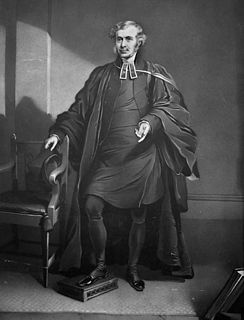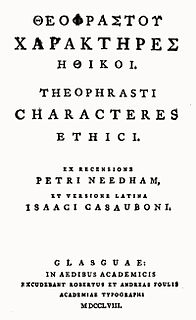Life
Born at Wellow, Hampshire, he was son of Peter Newcome (1684–1744), rector of Shenley, Hertfordshire, and grandson of Peter Newcome (1656–1738). He was educated at Newcome's School in Hackney, entered Queens' College, Cambridge on 7 November 1743, and graduated LL.B. in 1750. [1] [2]

Wellow is a village and civil parish in Hampshire, England that falls within the Test Valley district. The village lies just outside the New Forest, across the main A36 road which runs from the M27 motorway to Salisbury. The nearest town is Romsey (6 km) and the nearest city Southampton (13 km). The parish had a population of just over 3,000 in 2011.

Hertfordshire is one of the home counties in England. It is bordered by Bedfordshire and Cambridgeshire to the north, Essex to the east, Greater London to the south, and Buckinghamshire to the west. For government statistical purposes, it is placed in the East of England region.
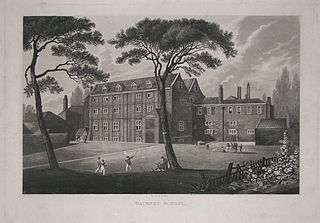
Newcome's School was a fashionable school in Hackney, then to the east of London, founded in the early 18th century. A number of prominent Whig families sent their children there. The school closed in 1815, and the buildings were gutted in 1820. In 1825 the London Orphan Asylum opened on the site. Today the Clapton Girls' Academy is located here.
Newcome was instituted rector of Shenley, on his own petition, on 23 December 1752, was collated to a prebend at Llandaff Cathedral on 15 March 1757, and to a prebend at St Asaph Cathedral on 4 May 1764. The last preferment he handed over to his brother, Henry, in 1766, on being presented to the sinecure rectory of Darowen, Montgomeryshire. [1]

Llandaff Cathedral is an Anglican cathedral and parish church in Llandaff, Cardiff, Wales. It is the seat of the Bishop of Llandaff, head of the Church in Wales Diocese of Llandaff. It is dedicated to Saint Peter and Saint Paul, and three Welsh saints: Dubricius, Teilo and Oudoceus. It is one of two cathedrals in Cardiff, the other being the Roman Catholic Cardiff Cathedral in the city centre.

The Cathedral Church of Saints Asaph and Cyndeym, commonly called St Asaph Cathedral, is a cathedral in St Asaph, Denbighshire, north Wales. An Anglican church, it is the episcopal seat of the Bishop of St Asaph. The cathedral dates back 1,400 years, while the current building dates from the 13th century. It is sometimes claimed to be the smallest Anglican cathedral in Great Britain.

Montgomeryshire, also known as Maldwyn is one of thirteen historic counties and a former administrative county of Wales. It is named after its county town, Montgomery, which in turn is named after one of William the Conqueror's main counsellors, Roger de Montgomerie, who was the 1st Earl of Shrewsbury.
By the appointment of his friend, J. Heathcote, Newcome twice preached Lady Moyer's lectures in St Paul's Cathedral, and was (?) the last preacher on the endowment. In 1786 Sir Gilbert Heathcote gave him the rectory of Pitsea, Essex. [1]

St Paul's Cathedral, London, is an Anglican cathedral, the seat of the Bishop of London and the mother church of the Diocese of London. It sits on Ludgate Hill at the highest point of the City of London and is a Grade I listed building. Its dedication to Paul the Apostle dates back to the original church on this site, founded in AD 604. The present cathedral, dating from the late 17th century, was designed in the English Baroque style by Sir Christopher Wren. Its construction, completed in Wren's lifetime, was part of a major rebuilding programme in the City after the Great Fire of London. The cathedral building largely destroyed in the Great Fire, now often referred to as Old St Paul's Cathedral, was a central focus for medieval and early modern London, including Paul's walk and St. Paul's Churchyard being the site of St. Paul's Cross.

Sir Gilbert Heathcote, 4th Baronet of Normanton Park, Rutland was a British Member of Parliament.

Pitsea is a small town in south Essex, England. It comprises five sub-districts: Eversley, Northlands Park Neighbourhood, Chalvedon, Pitsea Mount and Burnt Mills. It is part of the new town of Basildon.
Newcome died unmarried in his sister's house at Hadley, near Barnet, Middlesex, on 2 April 1797. [1]
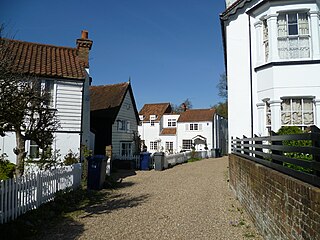
Monken Hadley is a place in the London Borough of Barnet. An ancient country village north of Barnet, it is now a suburban development on the very edge of Greater London 11 miles (18 km) north north-west of Charing Cross, while retaining much of its rural character.
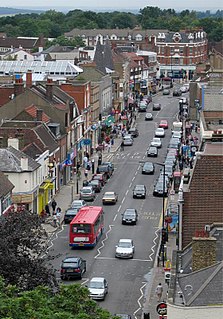
Chipping Barnet or High Barnet is a market town in the London Borough of Barnet, England. Historically in Hertfordshire, it is a suburban development built around a 12th-century settlement, and is located 10 1⁄2 miles (17 km) north north-west of Charing Cross, east from Borehamwood, west from Enfield and south from Potters Bar. Its name is very often abbreviated to just Barnet, which is also the name of the borough of which it forms a part. Chipping Barnet is also the name of the Parliamentary constituency covering the local area – the word "Chipping" denotes the presence of a market, one that was established here at the end of the 12th century and persists to this day. Chipping Barnet is one of the highest-lying urban settlements in London, with the town centre having an elevation of about 427 feet (130 m).






